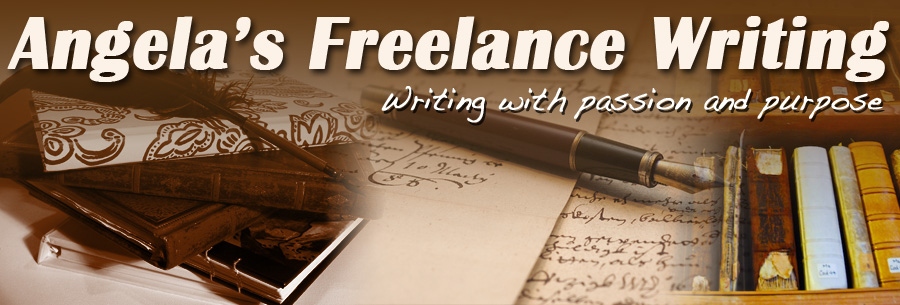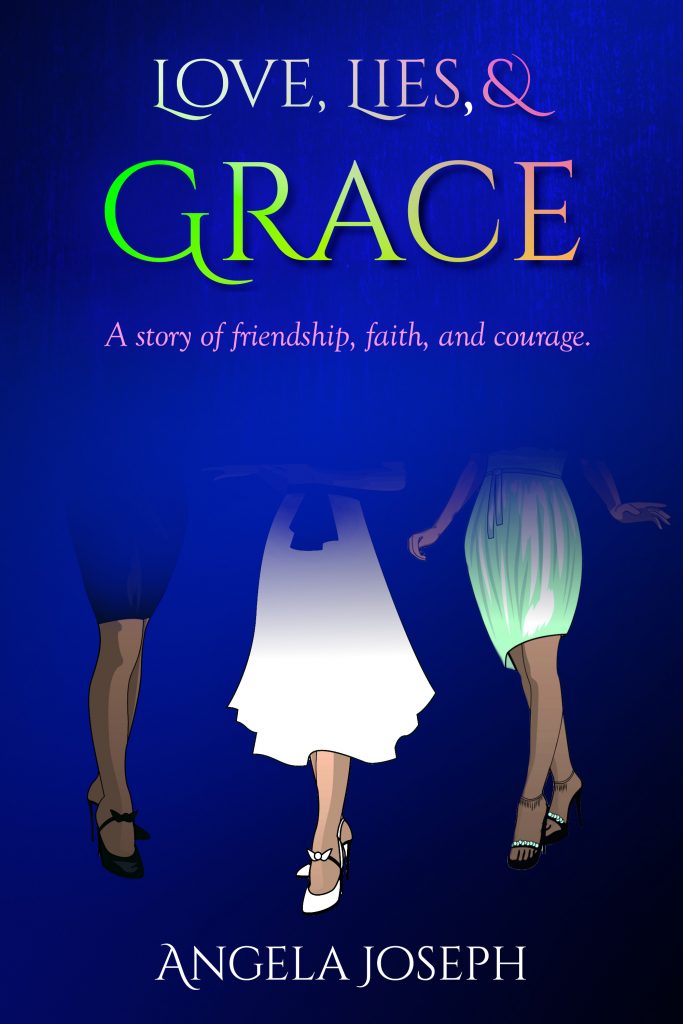Lately, I’ve been reading posts by authors about their novels having a bit of YA, a bit of detective, a bit of this, that, or the other. When I read such posts, I find myself thinking, good for you. A few years ago, I would not have thought that. I may have been horrified, because all the conferences and workshops I attended taught us how to write the genre-specific novel.
While I greatly appreciated those lessons —they helped me hone my craft—I found that once I began to draft my novel, I couldn’t stay in the little cubby hole I was expected to stay in. My characters kept getting involved in situations that involved occasional deviations from the cubby hole. After writing Coming Out of Egypt, I often agonized over whether the novel was a “mash-up” or truly a women’s fiction novel.
In my newbie haste to put my ideas down on paper, I never thought to research the women’s fiction genre. In fact, it was one of my critique partners who told me that my story was unfolding like women’s fiction. To this day I am grateful to her because I realize it’s the genre in which I feel most comfortable and the one in which I feel I can best reach my desired audience.
A google search for the definition of women’s fiction states: “Women’s fiction is an umbrella term for books that are marketed to female readers, and includes many mainstream novels, romantic fiction, “chick lit,” and other subgenres.” Another article points to the fact that “a male character can be the focus of a women’s fiction novel. The key is whether or not the male character faces issues of modern life that follow core themes of women’s fiction: home, family, interpersonal relationships, parenting, etc.” Another factor to consider is whether or not the story appeals to a female audience. Who is the target audience for women’s fiction?
Which brings me to another important point about genre writing: the audience. Now that I have a bit more experience, I realize that I must consider my audience when planning my book. In one article Using Genres To Write Successfully, the author states, “You can be creative and play with the conventions of genres. You can combine, blend, or even “mash-up” genres into new ones. Genres are stretchy. But if you are going to go against your readers’ expectations of the genre, you need to do so consciously and for a specific purpose.”
So, when a person picks up a book, she first does so because of the cover, which usually conveys the book’s genre. If however, when she begins to read, the contents don’t meet her expectations, she may not finish the book. Or, the book may so grab and hold her interest that she cannot put it down despite the fact that it strayed somewhat from the conventions she is accustomed to.
The writer of Using Genres To Write Successfully goes on to say, “Movies that flop often fail to follow a recognizable genre or—even worse—they follow a common genre in a trite way. A movie that follows a genre formulaically feels painfully predictable and shallow.” I would add the same goes for books.
Even though I no longer agonize over whether I followed the conventions when I wrote Coming Out of Egypt or the other two books in the series In the Wilderness and In the Promised Land, the positive reviews I gained helped to convince me that my audience was satisfied.
Still, in my newest book Love, Lies, and Grace, I tried to follow the formula, while maintaining my creativity as much as possible. I hope you will be satisfied.
Since writing Love, Lies, and Grace, I have written and published Making Music Together, a Christian romance, and while I tried to stick to the genre rules, I couldn’t help but include a bit of mainstream fiction as well. I think it turned out quite well and reader response seems to support this. Click on this link to get your copy and leave a comment, or better still, a review on Amazon.






